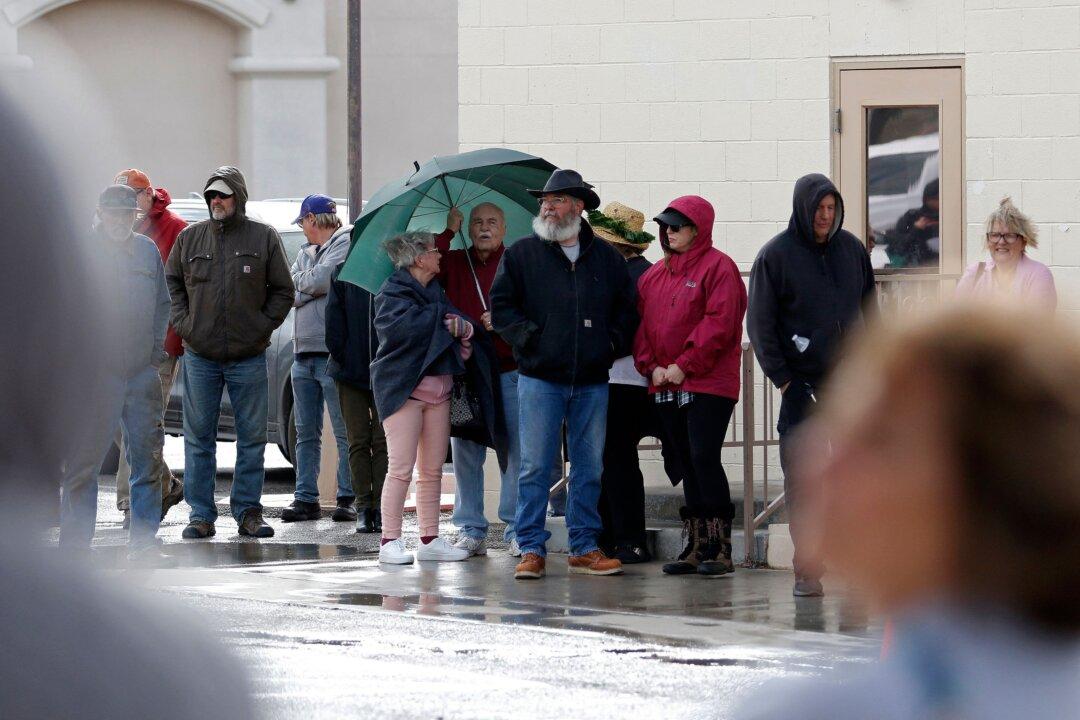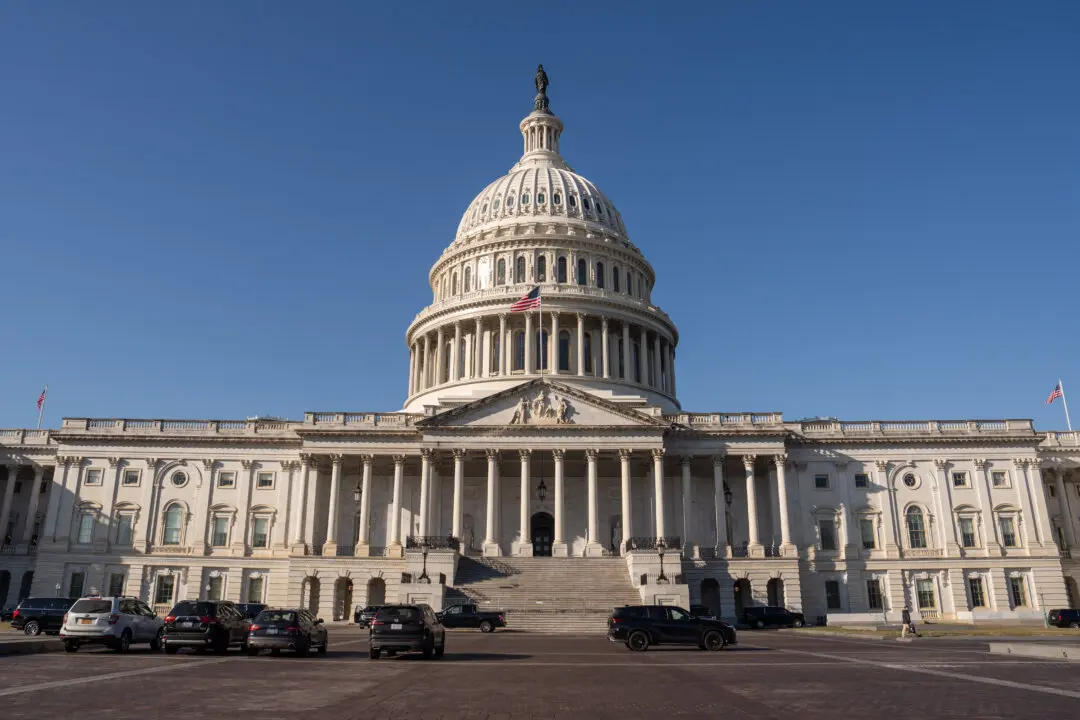The minimum wage in Nebraska will increase from $9 to $15 an hour by 2026 and in Nevada from $10.50 to $12 an hour by 2024, after voters in both states approved Nov. 8 ballot measures.
Nebraskans approved Initiative 433 by a 58.5 to 41.5 percent margin, increasing their state’s minimum wage by ballot measure for the second time since 2014 when they endorsed raising it from $7.25 to $9 an hour by 2016.
Nevada voters adopted Question 2 on their midterm ballots by a 55.2 to 44.8 percent margin, also raising the state’s base hourly rate for the second time since 2006 by popular vote while doing away with the nation’s only two-tiered minimum wage system.
Voters in 16 states have approved 24 of 26 minimum-wage proposals since 1996, according to Ballotpedia, including 23 straight since 1998.
States where voters have done so twice are Arkansas (2014, 2018), Arizona (2006, 2016), Colorado (2006, 2016), Florida (2004, 2020), Washington (1998, 2016), Oregon (1996, 2002), and Nebraska (2014, 2022).The 2006 Nevada minimum wage measure had to be approved twice under state law, which requires proposed citizen-initiated constitutional amendments be endorsed by voters in consecutive elections.
Nevada’s Question 2, however, does not need to go before voters again because it was placed on the ballot by lawmakers after approving a resolution initiating the measure in 2019 and 2021.
In 2019, Nevada lawmakers also adopted Assembly Bill 456, which increased the state’s minimum wage to either $8 or $9 per hour, depending on whether the employer offered health benefits.
AB 456 also added annual 75-cent increases to the minimum wage each year until 2024 when it reached $11 an hour for workers offered health insurance and $12 for those not provided that option by employers.
Question 2 does away with that health insurance provision from the 2006 measure, eliminating Nevada’s two-tiered minimum wage system, while also doing away with annual inflation adjustments and clarifying that state lawmakers have the authority to raise the minimum wage by legislation.
Under the new law, all workers in Nevada will now receive $12 per hour, regardless of health benefits, starting in July 2024.
The measure drew familiar debates among proponents and opponents with backers arguing every person making minimum wage should earn the same amount regardless of whether they’re offered health care benefits.
Supporters claimed the 2006 health care provision was routinely ignored by some employers while others offered health care options that were “unaffordable garbage,” particularly since subsidized plans under the Affordable Care Act are available.
The measure was backed by progressive groups, Democrat lawmakers, and labor organizations, which have significant clout in Nevada.
The U.S. Bureau of Statistics in 2019 ranked Nevada first nationwide in percentage of blue-collar workers. More than 12 percent of the nation’s union workers are in Nevada.
Question 2 was opposed by the Republican Party of Nevada, Americans for Prosperity, Americans for Tax Reform, the Las Vegas Metro Chamber of Commerce, and the Nevada Policy Research Institute (NPRI).
In a pre-election editorial, NPRI Outreach & Coalitions Director Marcos Lopez wrote that Question 2 was “as much about health care as the minimum wage” because the “unaffordable garbage” insurance being offered by employers are through the ACA, calling the measure “a weird way to admit Obamacare failed.”
The fight over health care “is just heating up,” he wrote, calling for an approach that addresses the “real root of the problem.”
“The failures of Obamacare and top-down, one-size-fits-all approaches to health care must be articulated and, in its place, replaced with a patient-centered free-market approach where competition is reintroduced to empower consumers,” Lopez wrote.
The 2004 and 2006 Nevada minimum wage proposal was approved both times by more than 68 percent of voters. Question 2 garnered 55 percent and actually failed in 15 of the state’s 17 counties.
The two counties that passed Question 2 were Clark, which includes Las Vegas, and Washoe, which includes Reno. The measure passed by 20 percentage points in Clark County, where 73 percent of Nevadans live, and by 4 percentage points in Washoe, where about 15 percent of the state’s residents reside.
The standard pro-con arguments in raising the minimum wage were also debated in Nebraska before Initiative 433 passed on Nov. 8 with ‘yes’ votes tallying 17 percentage points more than ‘no’ votes.
Under the measure, Nebraska’s minimum hourly wage will increase from $9 to $10.50 on Jan. 1, 2023; to $12 on Jan. 1, 2024; to $13.50 on Jan. 1, 2025; and $15 on Jan. 1, 2026.
Afterward, the minimum wage will be adjusted each year based on increases to the Consumer Price Index for All Urban Consumers for the Midwest Region.
The measure was sponsored by Raise the Wage Nebraska, a coalition of more than 25 labor and progressive groups, which raised more than $3 million to lobby voters for adoption, including $2 million from the Sixteen Thirty Fund, a Manhattan-based nonprofit that sponsors The Fairness Project.
According to Raise the Wage Nebraska, the measure will lift wages for more than 150,000 workers in the state earning minimum wage beginning this Jan. 1.
At $9 an hour, the $18,000 annual salary means “parents can’t afford to pay rent and put food on the table,” the group maintains noting the $1.50 an hour first-year increase means “an additional $2,100 in pay.”
Initiative 433 was opposed by the Nebraska Grocery Industry Association and Lincoln Independent Business Association (LIBA), among other groups, that argued it would hurt Nebraska businesses and reduce youth employment.
“The proposed increase in the initiative is a 66.7 percent increase over four years,” LIBA CEO Bud Synhorst wrote in an October editorial. “That is a radical increase that will be felt across the economy.”





